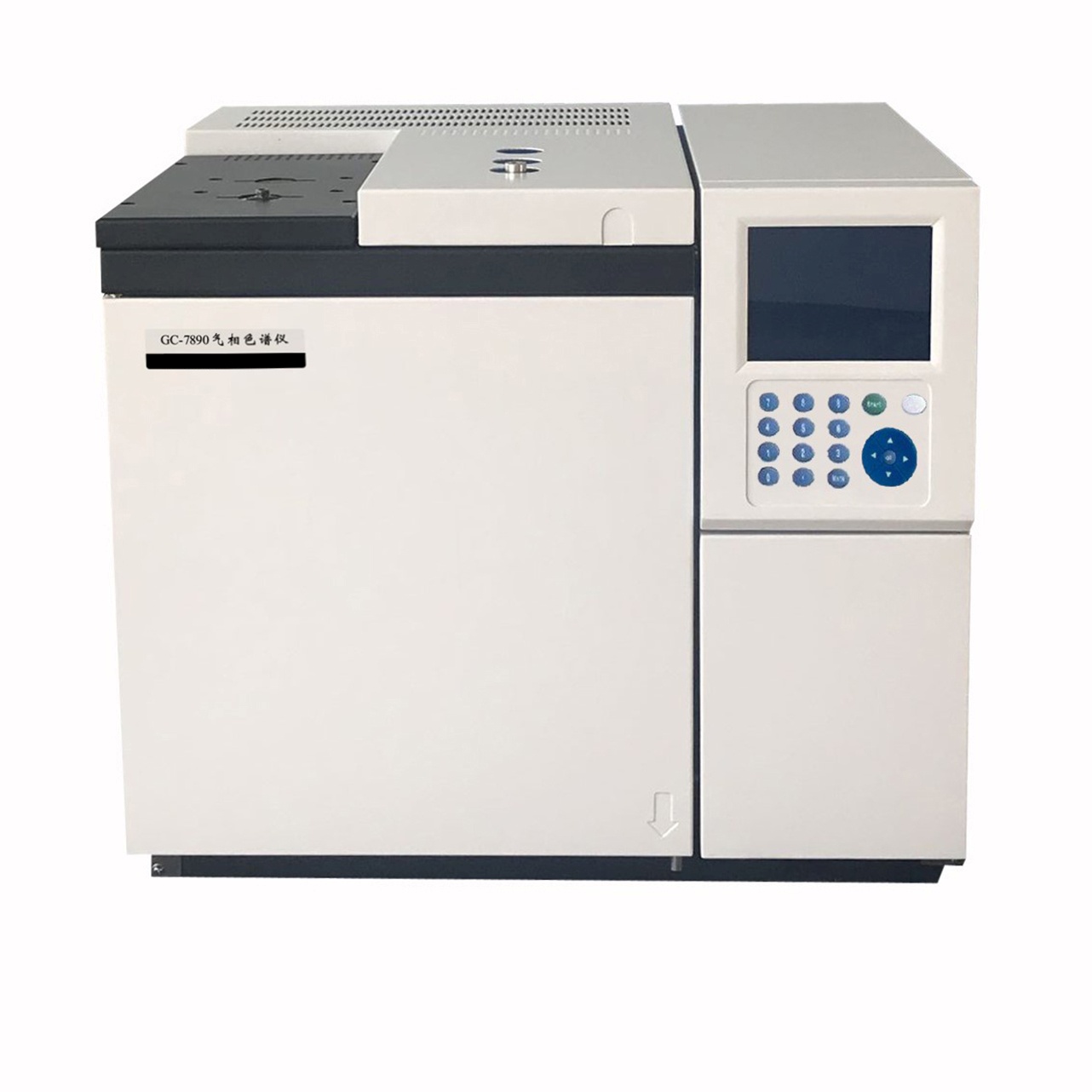In gas chromatography analysis, the carrier gas, acting as the mobile phase, serves the essential function of transporting sample components through the chromatographic column at a stable and reproducible flow rate. The accuracy and stability of the carrier gas flow rate function as the "heartbeat" of the instrument, directly determining the reproducibility of retention times, separation efficiency, and detection sensitivity. Fluctuations in the flow rate can lead to inconsistent peak emergence times of components, thereby undermining the reliability of qualitative and quantitative analysis. Improper flow rate settings may result in compromised separation performance or unnecessarily prolonged analysis times.
Consequently, precise control of the carrier gas flow rate constitutes an indispensable foundation of gas chromatography technology. Achieving this control relies not on a single simple component but on an integrated system comprising a high-pressure gas source, pressure regulators, flow controllers, and the inherent resistance of the chromatographic column itself. The underlying physical mechanism lies in the dynamic balance maintained between the gas pressure differential and fluid resistance throughout the flow path. The starting point of carrier gas flow control is the high-pressure gas source provided by gas cylinders or generators, whose initial pressure typically far exceeds the operational requirements of the chromatographic system. The first step involves using a primary pressure regulation device, such as a pressure-reducing valve, to lower the high source pressure to a stable and suitable intermediate level. This preliminary pressure stabilization is critical, as it establishes a reliable platform for subsequent precise control, effectively buffering against gradual flow rate changes caused by the natural depletion of the gas source. However, relying solely on a pressure-reducing valve is insufficient to fully address resistance variations, such as those induced by changes in gas viscosity within the column during temperature programming, nor can it achieve precise flow rate setting and dynamic adjustment. Modern gas chromatographs commonly employ electronic pneumatic control technology to regulate carrier gas pressure and flow, with its core lying in an intelligent closed-loop feedback mechanism. Taking commonly used capillary columns as an example, their flow rate control is essentially based on a "pressure control" mode: after the user sets the column inlet pressure or average linear velocity, the electronic pressure controller initiates operation. Its built-in precision pressure sensor monitors the column inlet pressure in real time and compares it with the set value. Upon detecting any deviation, the controller promptly drives a high-speed solenoid valve or piezoelectric valve to fine-tune the inlet pressure, rapidly stabilizing the column inlet pressure at the target value.
Given the deterministic correspondence between flow rate and column inlet pressure under fixed chromatographic column conditions, stabilizing the inlet pressure indirectly achieves flow rate stability. This active, dynamic regulation capability allows the instrument to compensate for increased column resistance due to temperature rises during programming—either maintaining a constant flow rate or executing specific flow rate change programs—through pressure programming. For applications requiring high precision, such as maintaining identical flow rates across different chromatographic columns, a more direct "flow control" mode is often adopted. In this mode, the electronic flow controller directly sets the volumetric flow rate and monitors the actual flow in real time via a precision flow sensor integrated into the flow path. Leveraging a feedback loop, the system dynamically adjusts the valve opening to strictly "lock" the actual flow rate to the set value, unaffected by downstream resistance fluctuations, thereby delivering exceptional flow rate reproducibility.

In summary, the stable control of the carrier gas flow rate in gas chromatography represents a systematic engineering feat ranging from preliminary pressure stabilization to intelligent precision control. It begins with the initial taming of the high-pressure gas source by the pressure-reducing valve and culminates in the dynamic regulation of the electronic pneumatic control system based on real-time sensing and rapid feedback. This system skillfully applies pneumatics principles, using pressure as the primary means of control, combined with automation technology to flexibly adapt to complex working conditions. It is this sophisticated control system, hidden behind the instrument panel, that provides the fundamental assurance for each reproducible chromatographic separation and every set of reliable analytical data, solidifying gas chromatography as a powerful and trustworthy analytical technique in the field of analytical chemistry.